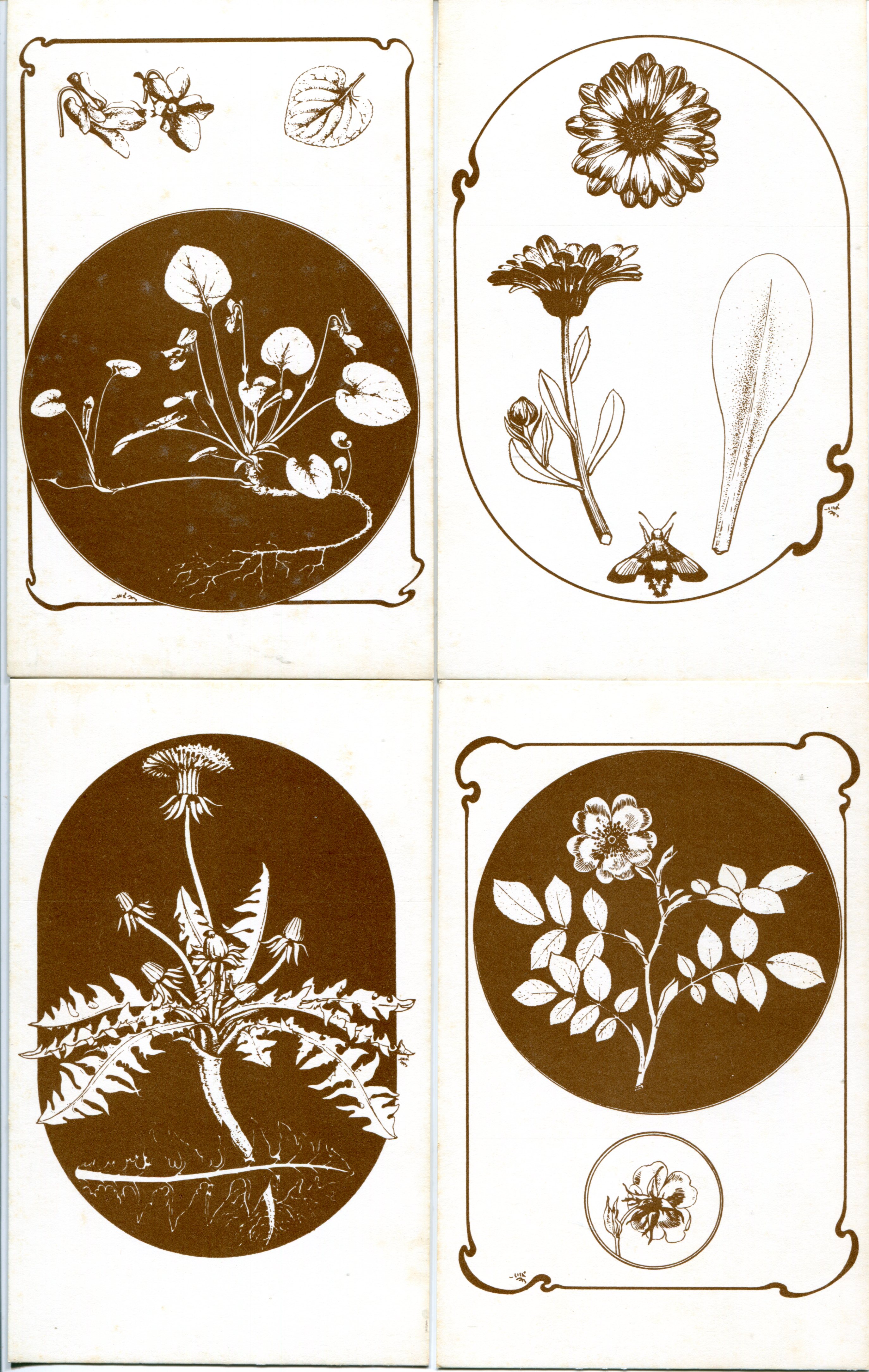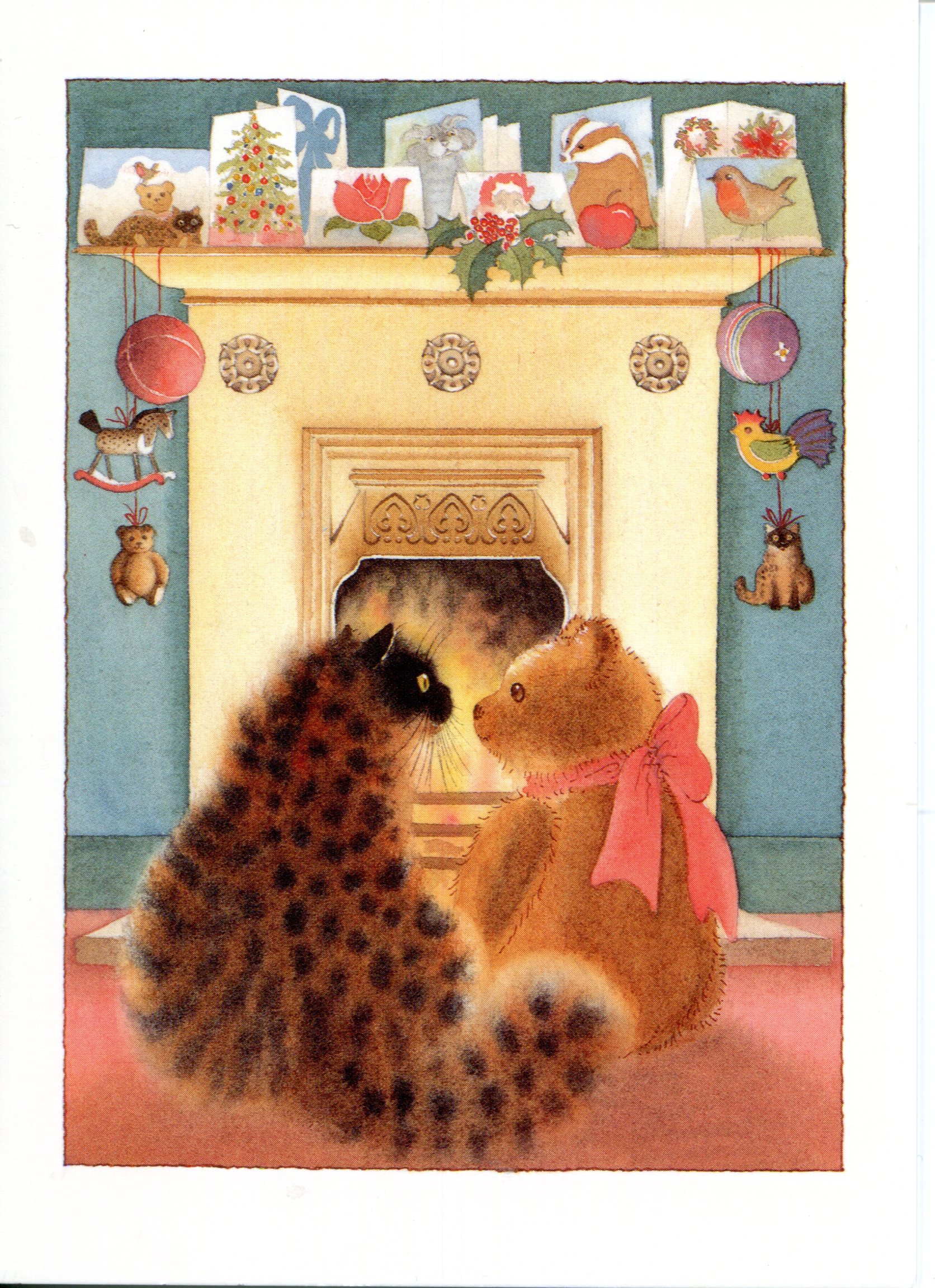ABOUT MEG RUTHERFORD'S PUBLISHED WORK
As a youngster, Meg clearly had talent and using her observational skill could draw quite realistic animals, especially of her then passion, horses.
At both the National Art School, Sydney and at The Slade School, London, drawing was something all sculptor students were required to do.
Meg used to frequent Faringdon Market in London where there was a man who sold used books, including many very tatty Victorian books illustrated by engravings. Meg bought some of the most tatty for a few (old) pennies which is all she could afford at the time.
Meg Rutherford got into book illustration almost by chance. Her first published book was The Beautiful Island (George Allen and Unwin, 1969). The illustrations are in collage using elements of published engravings from the old books, with some additional drawing to tie the clippings into a complete illustration. This book was also published in Germany and in USA, where it was included in the American Institute of Graphic Artists Fifty Books of the Year 1969, (exhibition 1970), thanks to the combination of Meg's illustrations and Doubleday's book design. Although this book could hardly qualify Meg Rutherford as an illustrator and writer it did enable her to give prospective publishers the comforting news she had already been published.
Despite the publication of the Beautiful Island, Meg did not see a career in illustrating. Until a friend, the anthropologist Dr Roslyn Poignant, asked her to illustrate Myths and Legends of the South Seas (Paul Hamlyn, 1969). There is little doubt that Meg's excellent grounding in drawing enabled her to rise to the challenge Hamlyn's Art Director, Bill Brott, who normally selected illustrators himself, agreed to let Meg provide sample illustrations. Meg's first efforts were unsatisfactory but Bill Brott could see the obvious talent and told Meg to try again and draw how she wanted; as a result she received the commission. The book contains eighty-four colour illustrations; a few of which are highly realistic representations of native artefacts. Ros Poignant wrote to a friend in July 1970 The really nice things about the little paperback were Meg's illustrations. I feel that she really overcame the limitations imposed on her by the format – and because of her clear, simple and brilliant style people will certainly look at it.
Meg Rutherford now continued on her thirty-two year career as an illustrator, a form of art that was much more suited to married life. During these years she worked in nearly all media including scraper board, except oil based paints, and in many styles from imaginative to accurate representation.
More work for Hamlyn followed and Meg continued to receive commissions from them until 1989. Meanwhile George Allen and Unwin commissioned the art work for Page-Phillips revision of the classic Macklin's Monumental Brasses (1969): this required her to draw correct representations of church brasses, using pen and ink. Also in 1970 Meg produced forty three full-page coloured illustrations for Michael Stapleton's Creatures of Mythology; although prepared for printing it seems Hamlyn did not publish. By way of complete contrast Meg also illustrated Brian Patten's The Elephant and the Flower (Allen and Unwin,), for which she used strong colours and introduced her use of swirls, curls and illustrations unconstrained by page shape or borders, techniques she used to great effect in many subsequent books.
-2-
Perhaps this is the first set of book illustrations that might qualify Meg as an imaginative illustrator, though she never used this term of herself. This technique was developed further with her illustrations in black ink for Yann Lovelock'sThe Vegetable Book (Alan and Unwin, 1972); although she drew accurate representations of the various vegetables and plants nevertheless she used a variety of imaginative and out-of-border elements to create interesting illustrations.
Also in 1972 Meg produced the cover illustration for the April edition of the Wilson library Bulletin, USA. Please tell Meg Rutherford what a hit her blue dragon has made in my library. I want one; the art teacher wants one; the children have been trying to swipe this one – I'm sure that if that picture was a life-size portrait of a real creature, most of the homes of the fourth, fifth and sixth graders in Mahwah, N.J. would now be trying to raise one as the family pet! Joan Taylor, Joyce Kilner School.
Meg did appoint an agent, but that relationship produced little in the way of book work but quite a few commissions for greetings cards. Quite quickly her reputation spread so she received commissions direct from publishers and packagers. That reputation was not only for the quality and range of her output but she also met deadlines. On one occasion, Meg looked at a contract and told the publisher she could not meet that deadline and specified when she would be able to deliver. The contract was taken away from her and given to another who accepted the deadline but only delivered later than Meg would have. Over her career Meg worked for many publishers, meeting the different demands of the various commissions she received. Later she declined to produce samples and she had the confidence to produce only the contracted number of drawings without offering alternatives, though she did at times produce a drawing she was not happy with which required a re-draw.
Quite often the research and preliminary work took much longer than creating the illustration.
In the years 1973 to 1975 Meg produced a number of cover illustrations but her main effort during that time was a fruitful collaboration with Lanning Roper to produce drawings to illustrate his weekly Gardening column in The Sunday Times. Meg was a user of herbal medicine. Early in the seventies she perceived that most plant identification books were insufficiently explicit to allow gathering from the wild with confidence. The result was A pattern of Herbs (Allen & Unwin, 1975), authored and illustrated in pen and black ink by her. It went to several editions. In order to create botanically correct drawings she grew almost all the plants herself and all were drawn from live specimens at various stages of their growth. These drawings concentrated more on the needs of identification as against the illustrations of The Vegetable Book.
Although Meg contributed to several publications from 1975 it was not until 1977 that a further book was published for which she was the sole illustrator (Times Delights, Hamlyn), though the first edition also had colour illustrations by another illustrator.
During the period 1978 to 1984 Meg illustrated seven books as sole illustrator. One was Tokoloshi: African Folk Tales (Skilton & Shaw, 1980). Published in USA it won a Parents Choice award for Illustrations in Children's Books; also published in South Africa as The Calabash Child.At this time Meg also contributed to several books with other illustrators and illustrated several covers.Examples of contributions include Fairy Stories – Retold by Jane Carruth (Cathay Books, 1978) for which Meg illustrated in colour six of the stories; and Your Microwave Cookbook, (Hamlyn 1980) for which she provided all the line drawings.
-3-
Meg's ownership of a tortoiseshell cat and Teddy Bears led to her conceiving the idea of a story, also illustrated by her, depicting these characters. The characters were Bluff (the cat) and Bran (the bear).The success of the first, Bluff and Bran and the Scarecrow (Andre Deutsch, 1984), led to four more books, at a rate of one each year, with the same characters; all of these books enjoyed much success. For these Meg learned to paint the fluffy fur of creatures, a process she used to demonstrate to school children or at book signings to the great delight of young onlookers. Meg also produced other books.
Meg was particularly pleased to be asked by Robert Matthias to illustrate Kipling's Just So Stories (Hamlyn, 1987) when the stories came out of copyright as she had already contributed for him line drawings for Aesop's Fables (Hamlyn 1983). Matthias said I did not have to tell Meg what to draw.
In 1992 Meg was commissioned by Scholastic to illustrate a children's book Big Panda little Panda, by Joan Stimson. Meg was concerned that the eight to sixteen furry black patches on an otherwise white animal in each illustration would be too technically challenging, but the result so pleased both author and publisher that they knew the series to follow should be illustrated by her. This was the start of a successful partnership over eight years of seven books. Meg also had the responsibility to produce the page layouts; which she arranged so that an illustration lay on the same page spread as the text to which it referred: sometimes this was not easy. Meg also occasionally made a suggestion for a changed word or so to enable her to produce a more interesting illustration. The success of these books was at least in part due to the close co-operation between Meg and Joan, who became great friends.
Meg produced designs for a large number of Greetings Cards, particularly for Aries Design. She also produced many flyers and posters, especially for libraries in her home county, and for local cat charities.
Late in life Meg wrote Illustrating and writing occupied me fairly constantly for a further 30 years, when I decided I needed time away from publishers. Diversions during that time had included mending antiques and glass blowing.
Over my professional lifetime as a sculptor, illustrator, writer, I have experienced the restrictions of materials and the requirements of different jobs and printing techniques as well as the needs of editors and authors. But towards the end of many years of illustrating I was lucky enough to be able to use great washes of soft watercolour and to have them sympathetically reproduced.
Meg described one example of frustration Now what? She (her art editor) lectured me for ¾ of an hour on how they (The drawings for Foggy and Bobo) were too much like B & B (Bluff and Bran). Change the colour, change the technique, but I am not asking you to change your style. Plague on all drawing editors. (WHY DO I BOTHER). The same old silly story. We want you because you are you but please be different. Don't change, just changeStory of my life
Meg wrote a note to herself on 2 November 2001, aged 69, If I am to have any life at all, I've got to be free of illustration to be able to spend my energies on (stained) glass and gardening etc. Thus she made her decision to cease professional illustrating work.
On 12 August 2005 Meg took up her pencil again having recently decided not to have any further treatment for cancer. She sketched a bear sitting on a rock with a hill and tree for background. She wrote So I can still draw (sort of) so THAT'S a relief! My first indulgence with a 9B pencil. Would be nice if my FINGERS felt like fingers tho.
In 2010 the Imaginative Book Illustration Society published in its Studies in Illustration no. 44, a detailed bibliography of the 77 books Meg Rutherford illustrated over her career, including some of her illustrations. The Society issued an addendum in 2015 issue 61, including an additional book. The society's web site carries some of Meg's illustrations.
OTHER PUBLISHED WORK ON PAPER
Meg Rutherford was very happy to accept commissions for other types of illustration; covering a wide variety of printed work. A significant proportion, greetings cards apart, came from organisations to which she belonged or which mirrored her interests.
In particular, she produced many posters to publicise her books, firstly for The Beautiful Island commissioned by the book's publisher, secondly for Joan Stimson's book Big Panda, Little Panda. Following that she produced many posters for local libraries in Buckinghamshire, her home county at the time, on the theme of the pleasure of reading or to encourage people to join.
In addition to all these Meg produced a wide variety of Advertising leaflets and flyers. The distinction between these items and those above is sometimes slightly questionable but was done in order to keep the listing published in Studies in Illustration in manageable blocks. Many of these were also for local libraries and for two Cat charities and the Bucks Guild of Spinners and Dyers.
Meg also designed a few logos.
Thanks to her agent, Meg produced a large number of greetings card designs, for Aries Design and N.E. Middleton, the former mostly based, but not entirely, on her book illustration; the latter a wide variety of subjects.She also produced single designs for The Buckinghamshire Badger Group, for W.H.S for Christmas, for Brunott Publications in the Netherlands. Her four designs for The Herb Society were lifted straight from her book A pattern of Herbs.
.jpg)
.jpg)
.jpg)
.jpg)
.jpg)
.jpg)
.jpg)
.jpg)
.jpg)
.jpg)
.jpg)
.jpg)
.jpg)
.jpg)
.jpg)
.jpg)
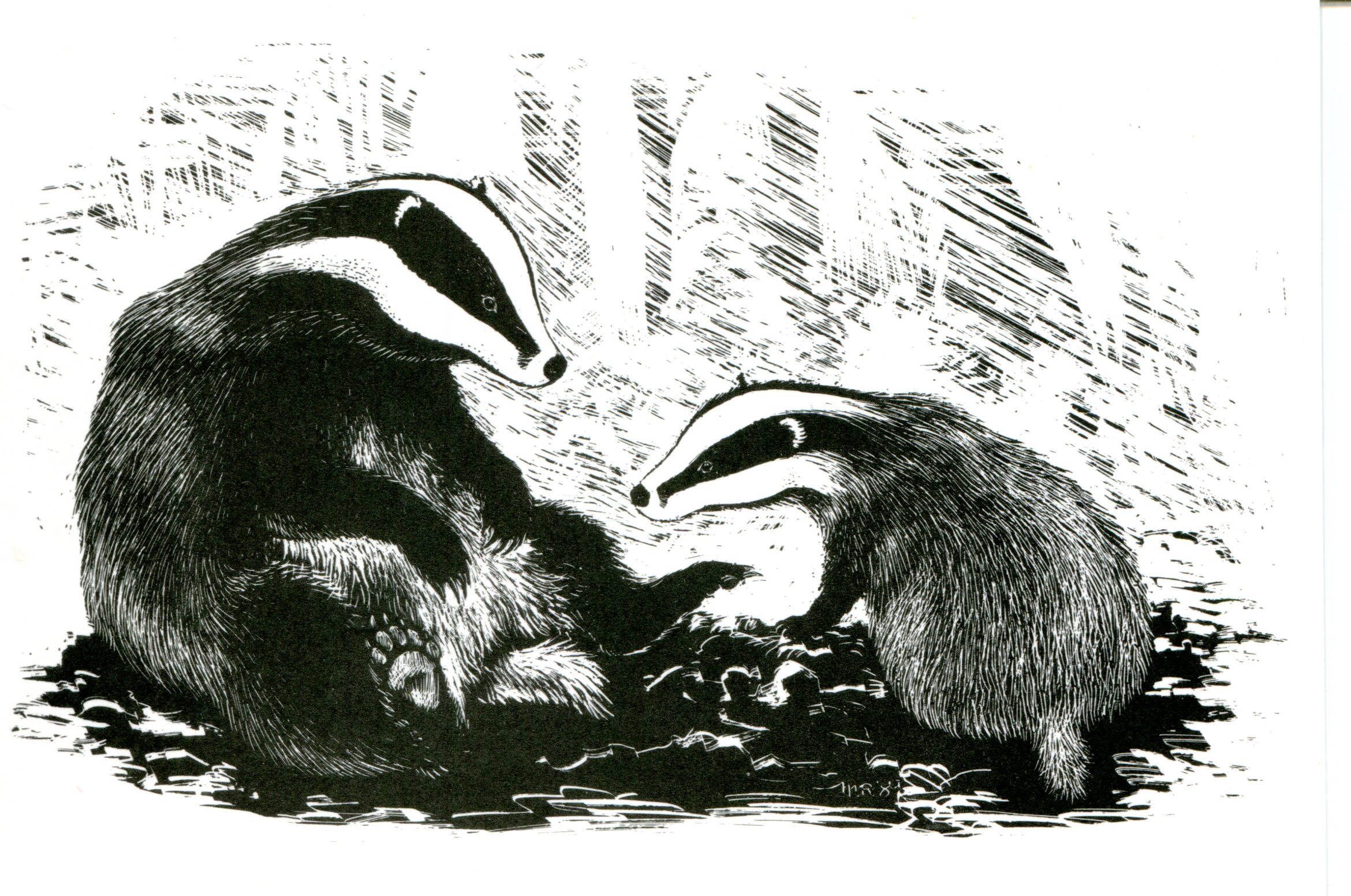
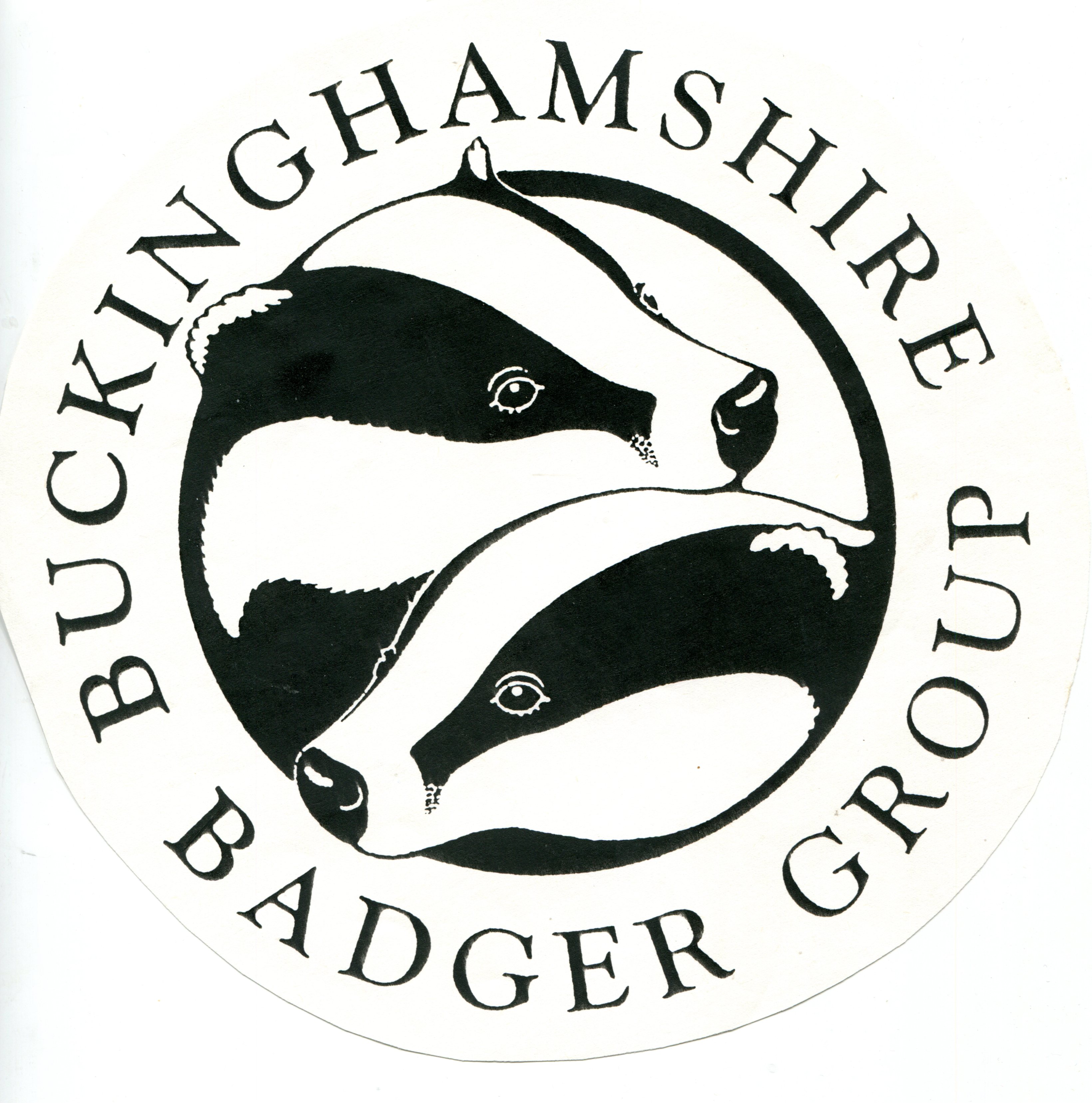
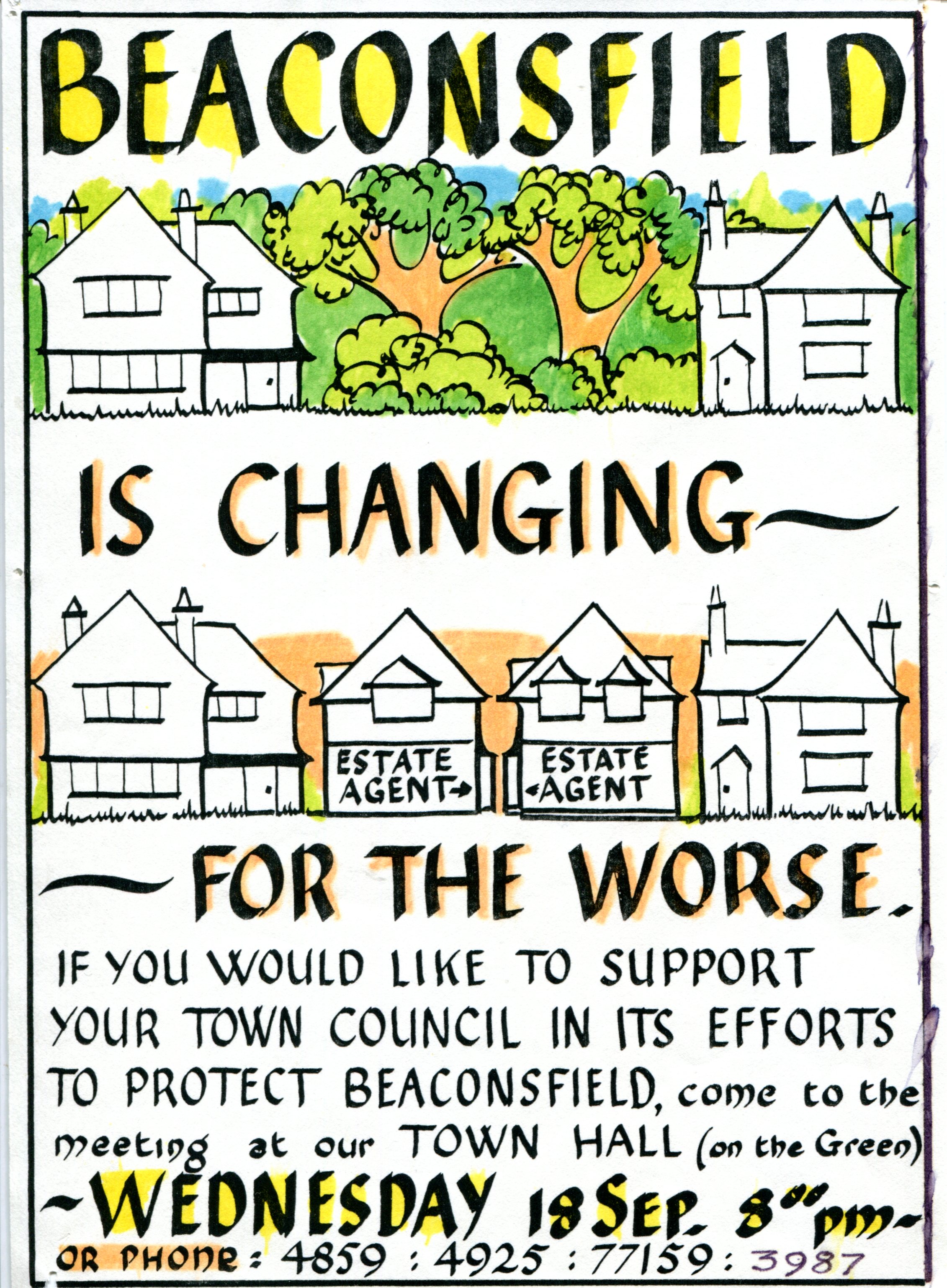
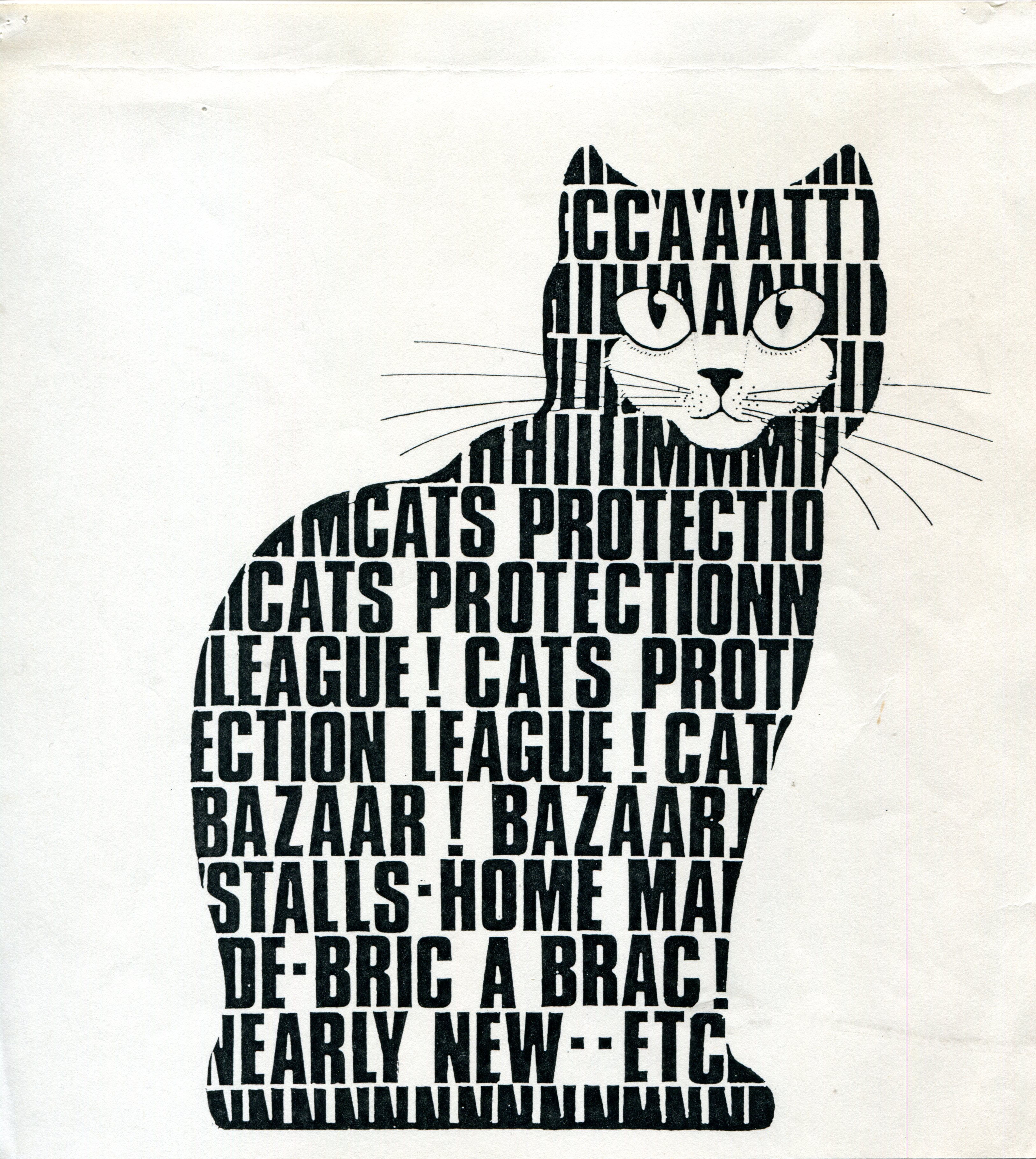
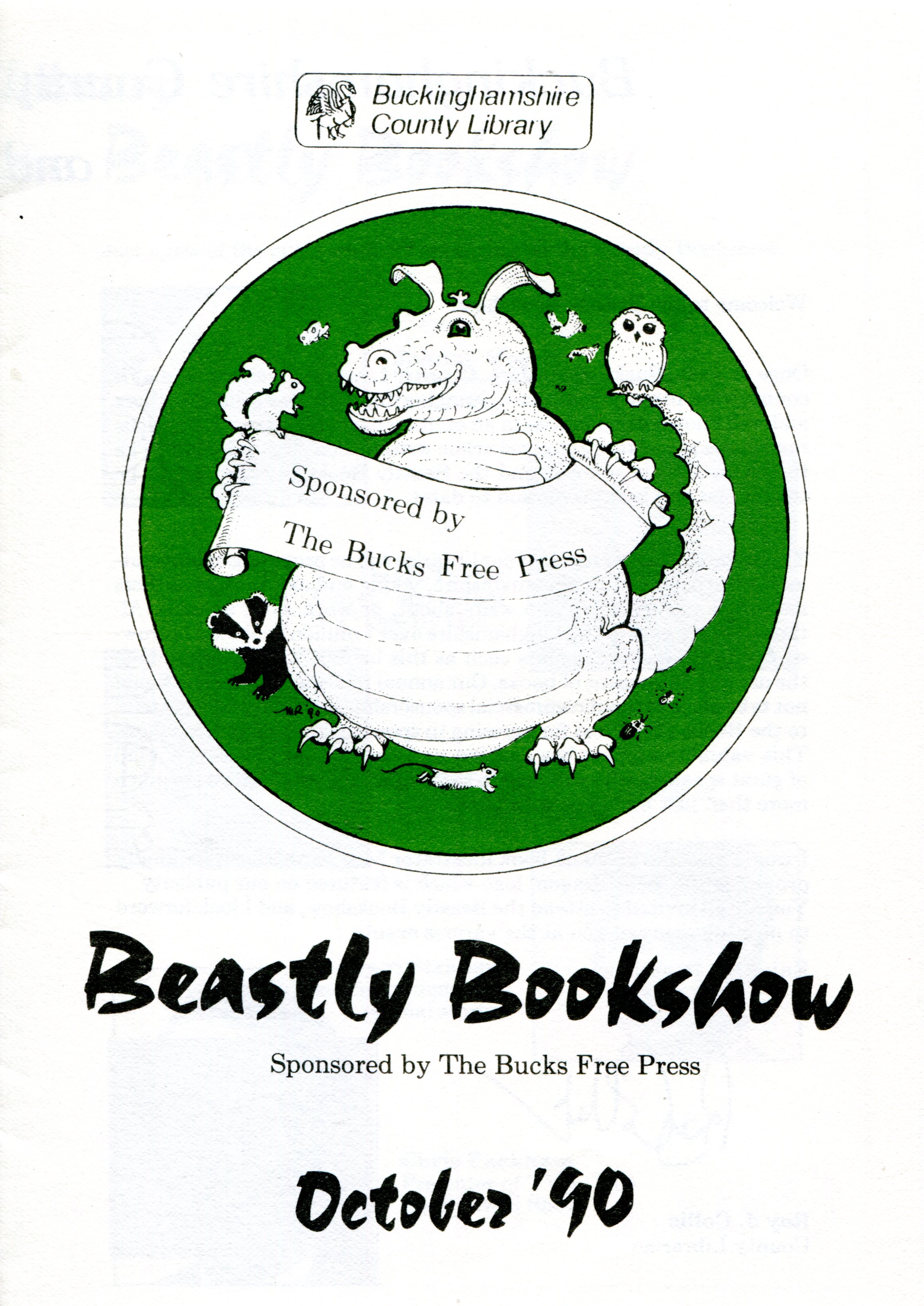
.jpg)
.jpg)
.jpg)
.jpg)
.jpg)
.jpg)
.jpg)
.jpg)
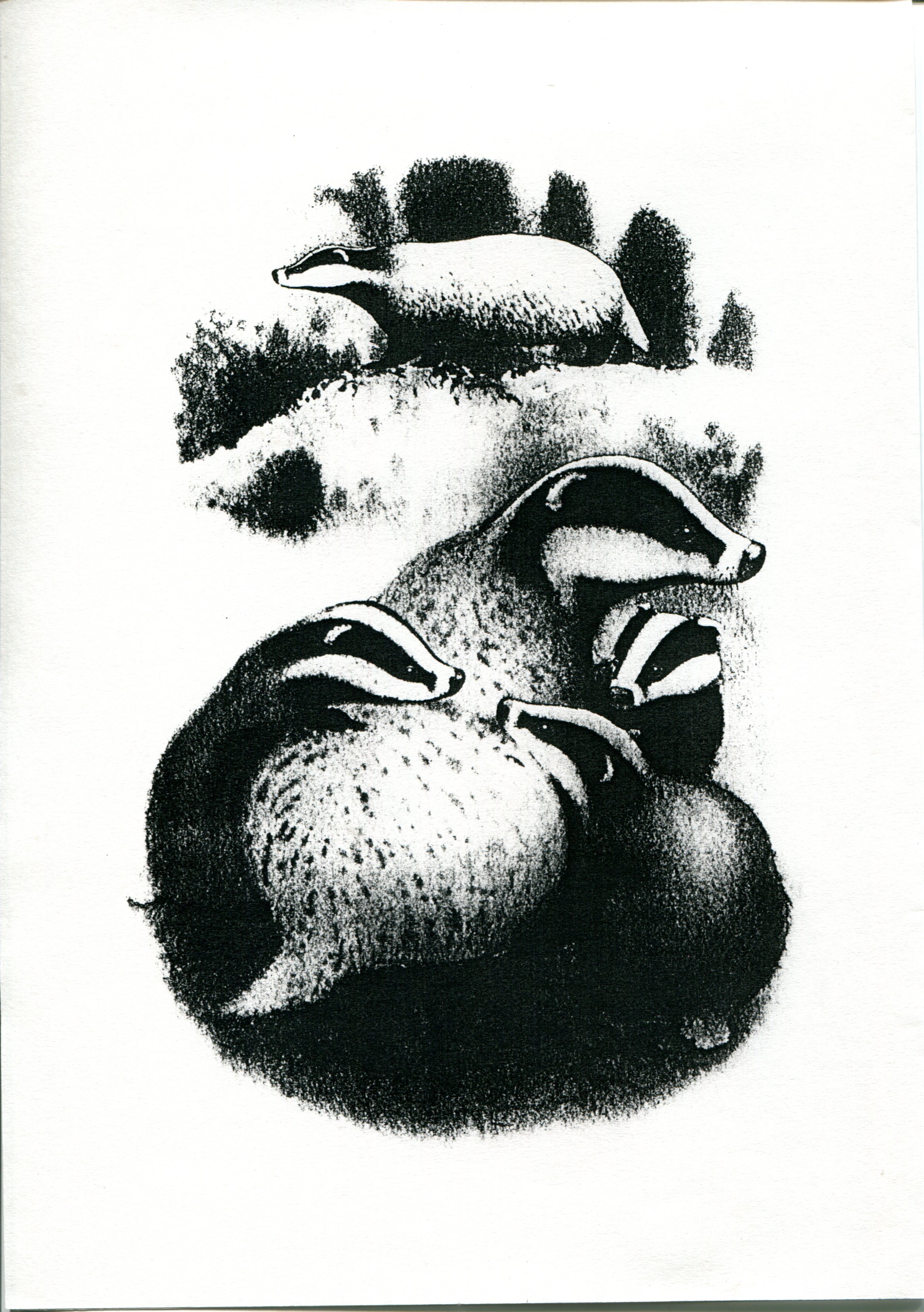
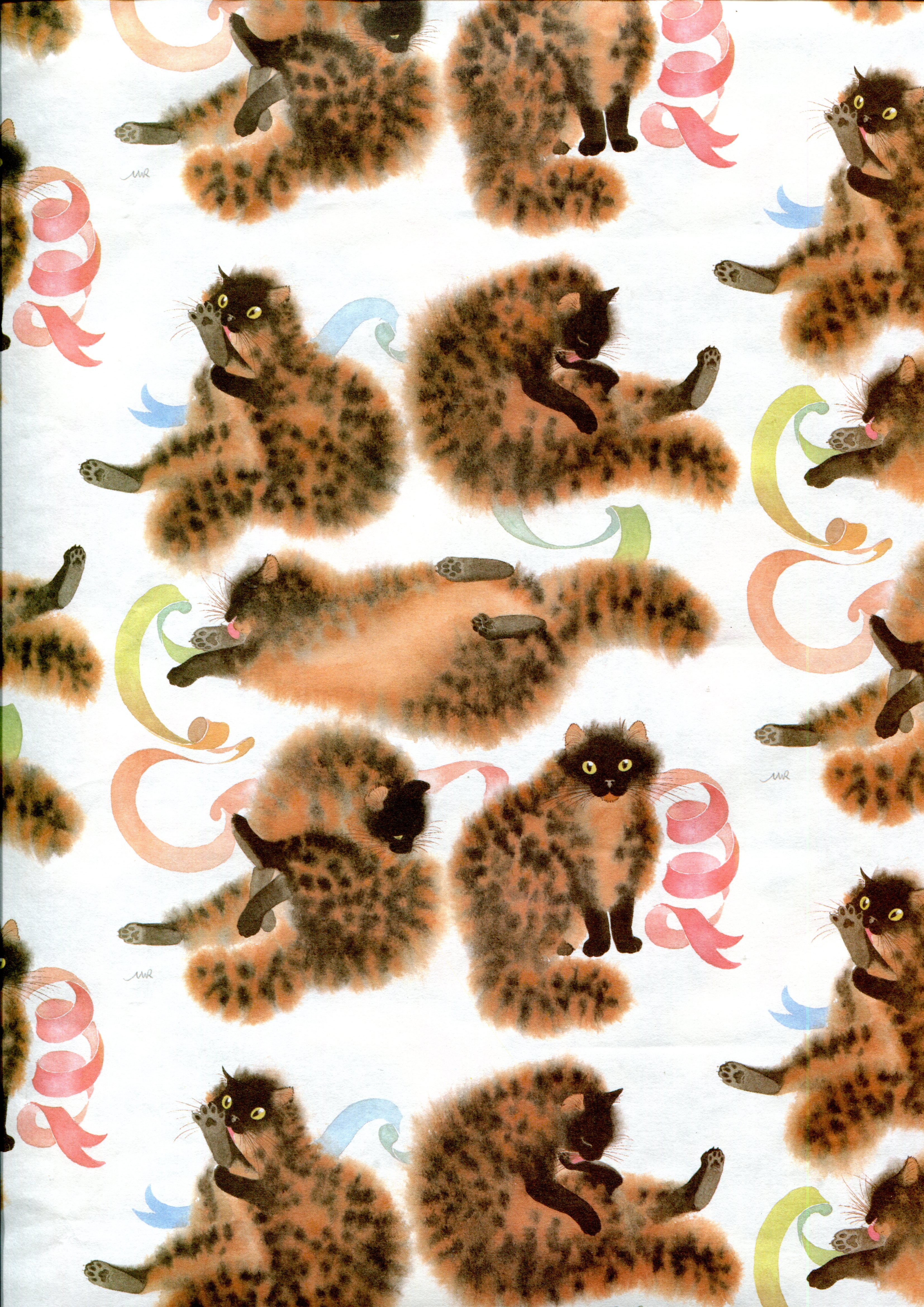

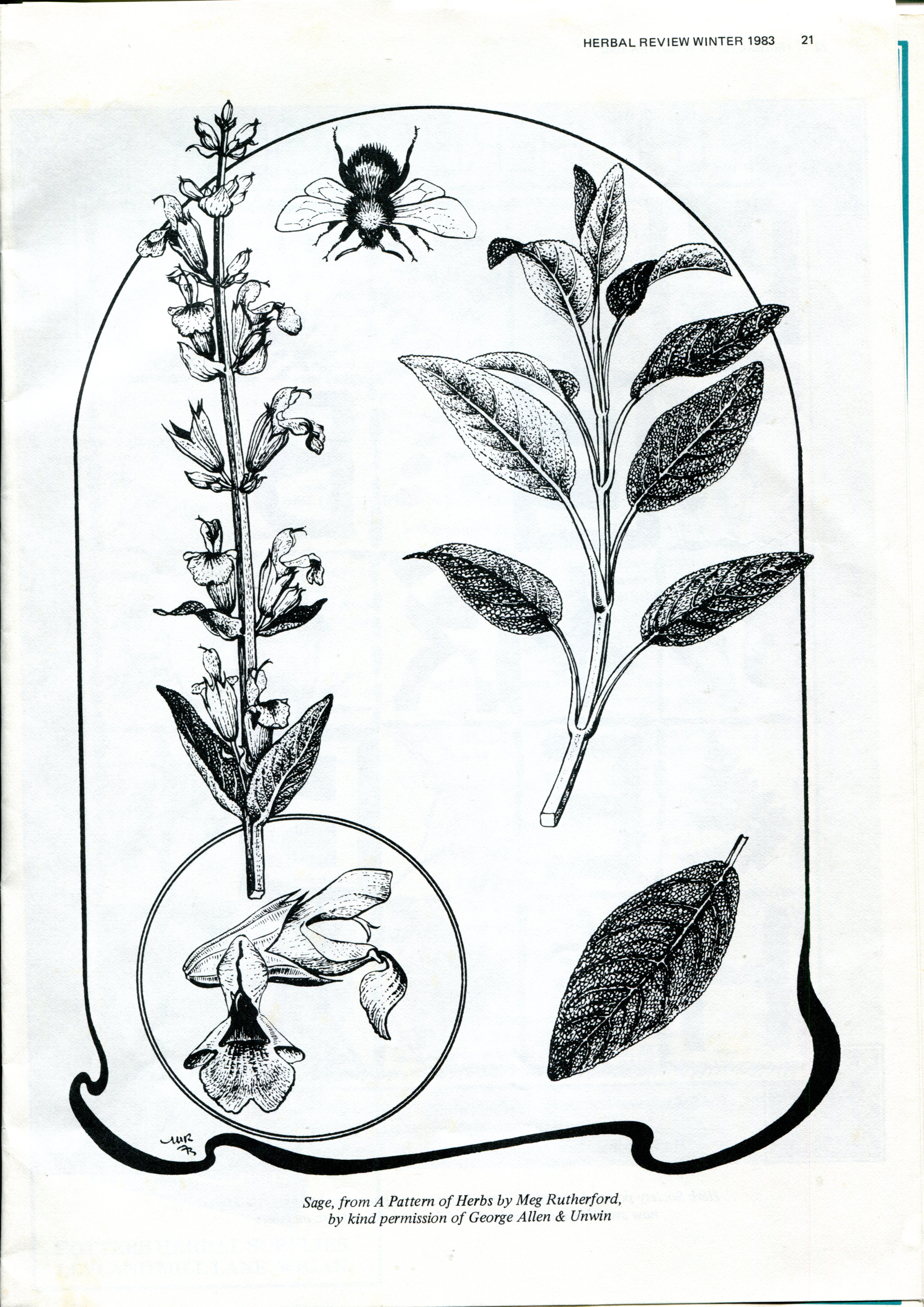


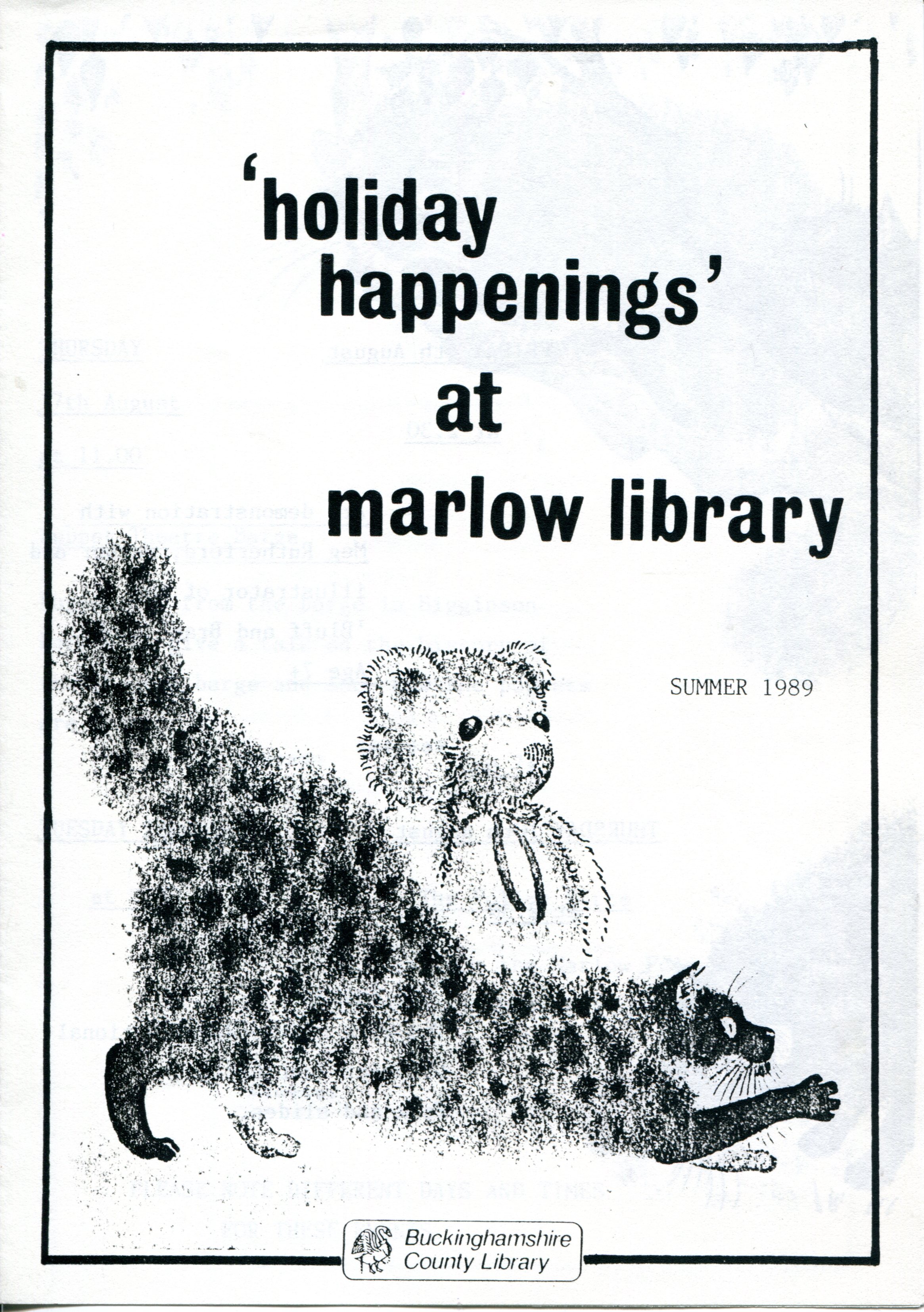
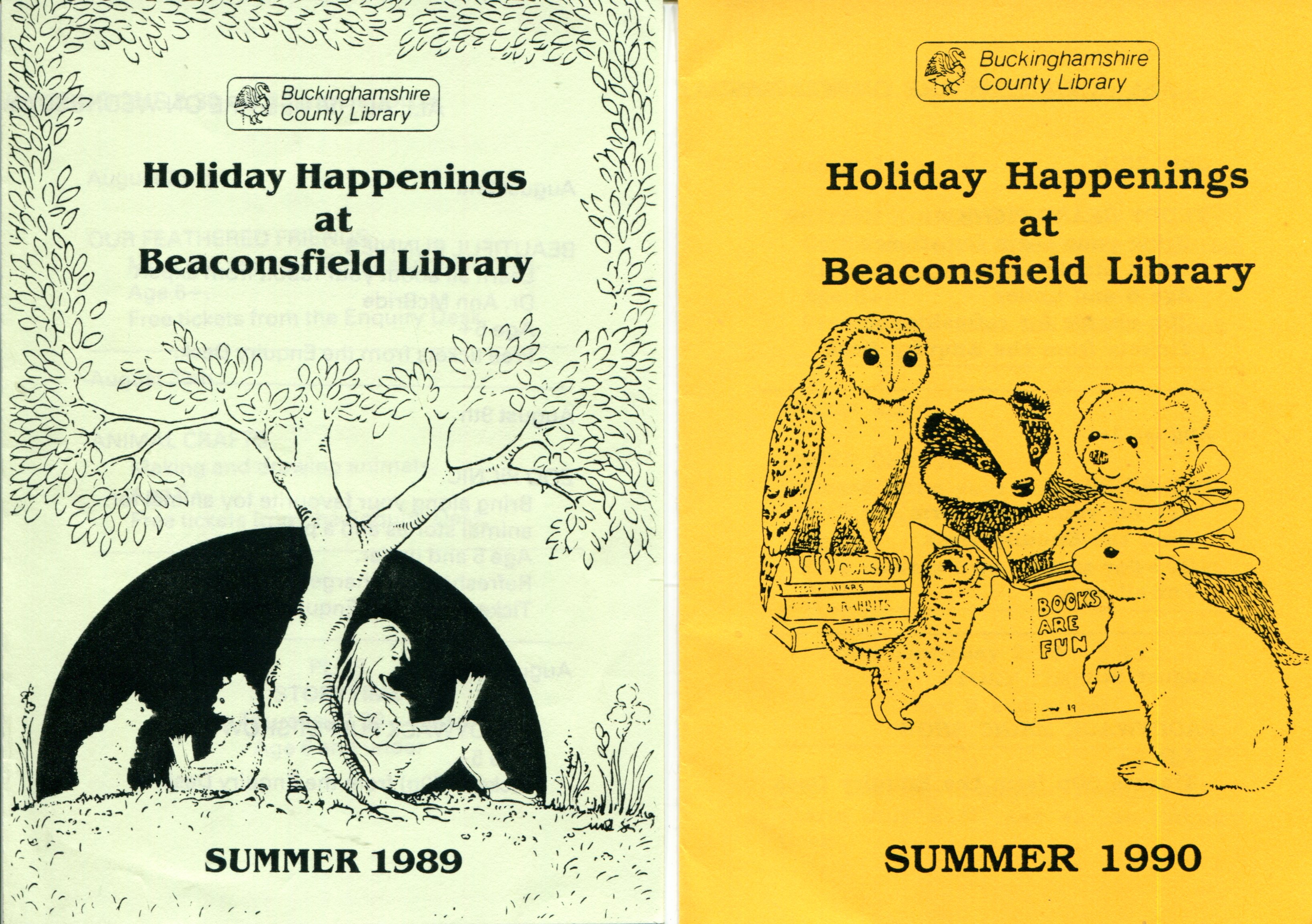
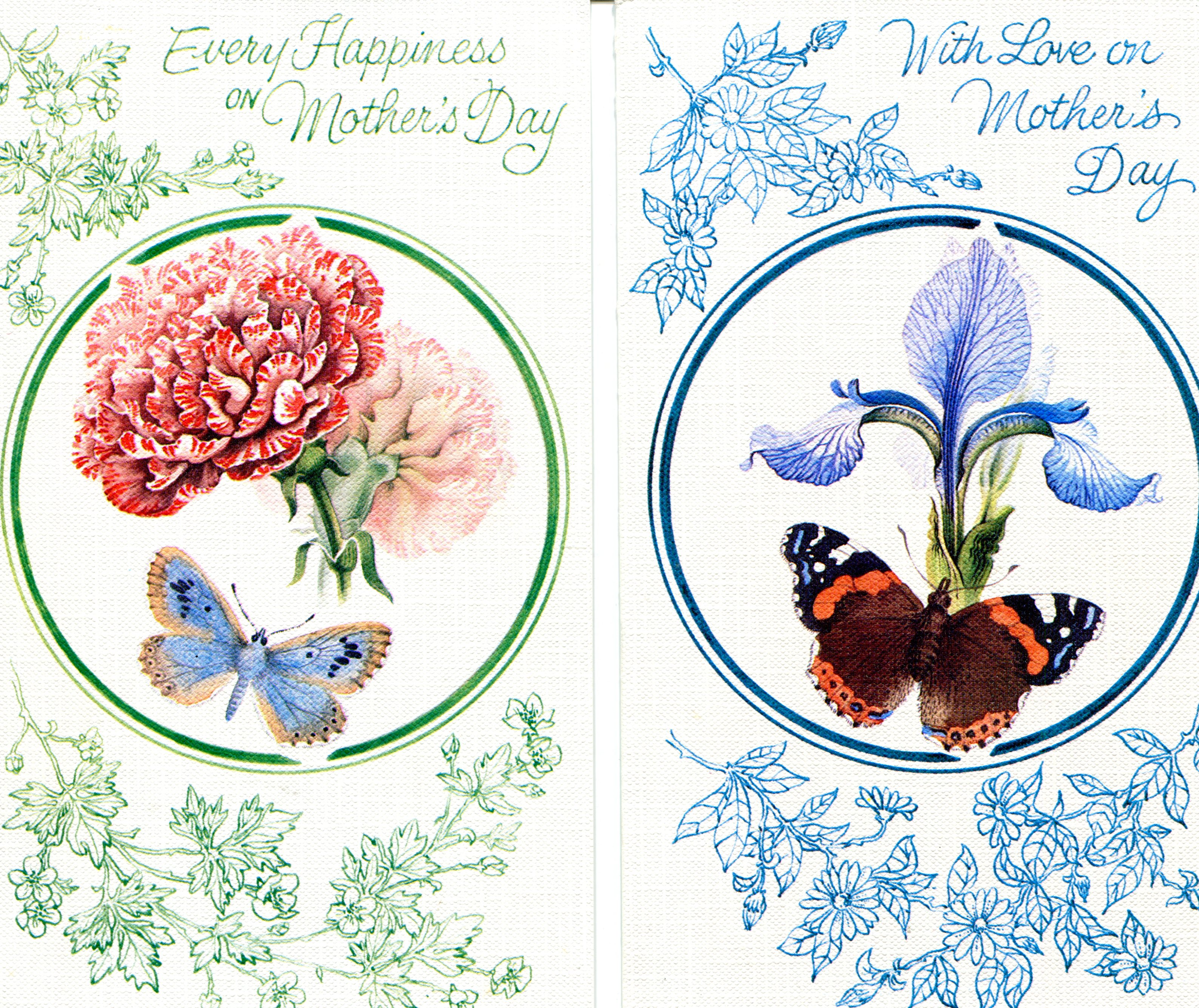
.jpg)
.jpg)
.jpg)
.jpg)
